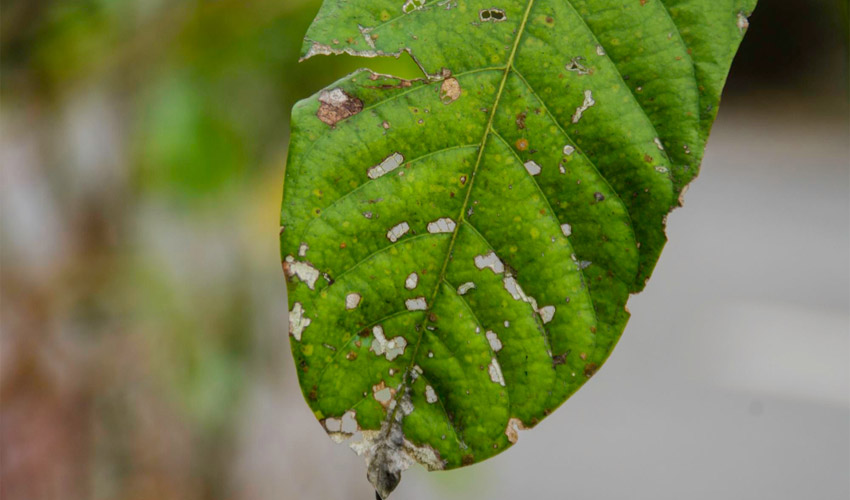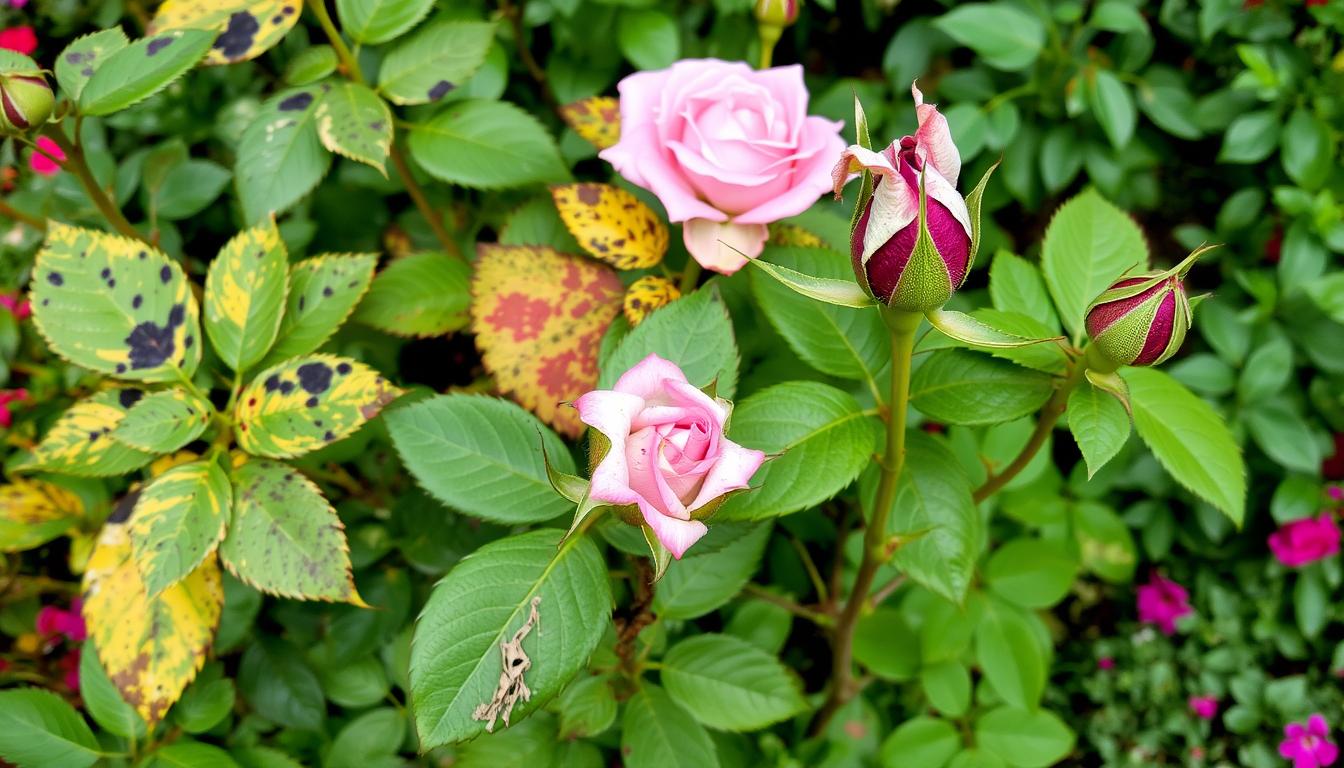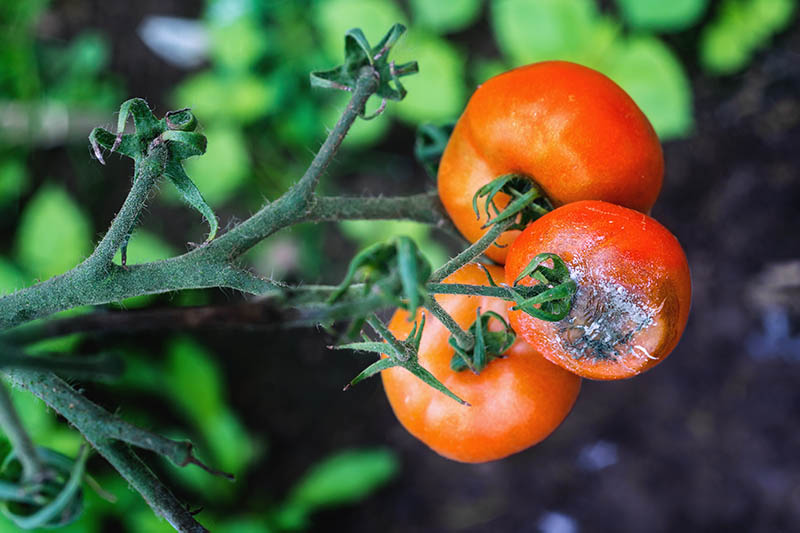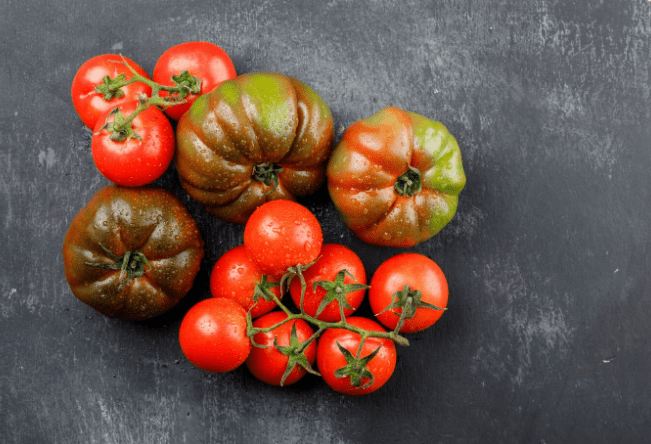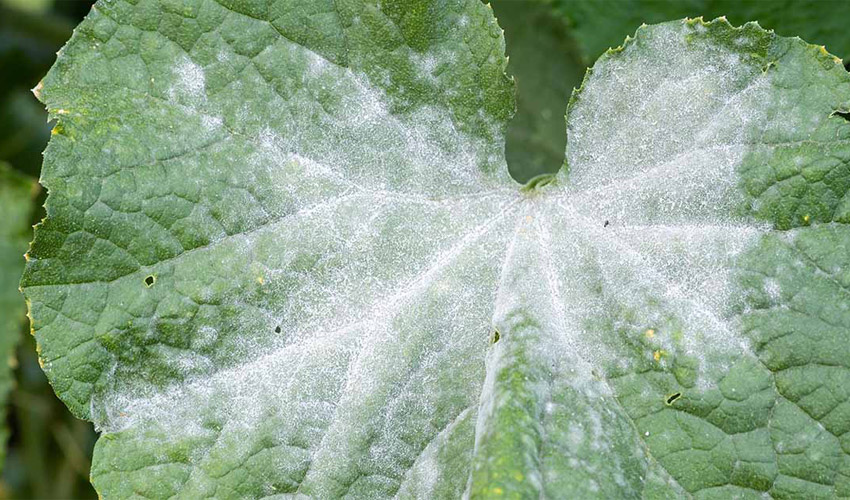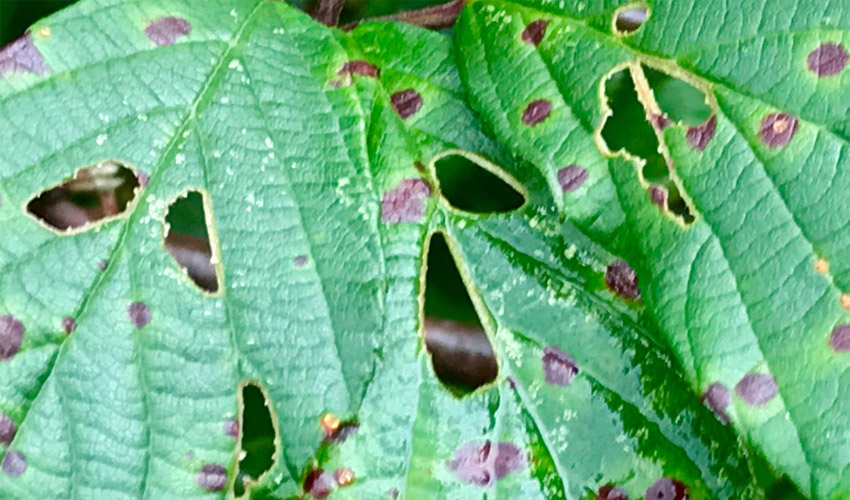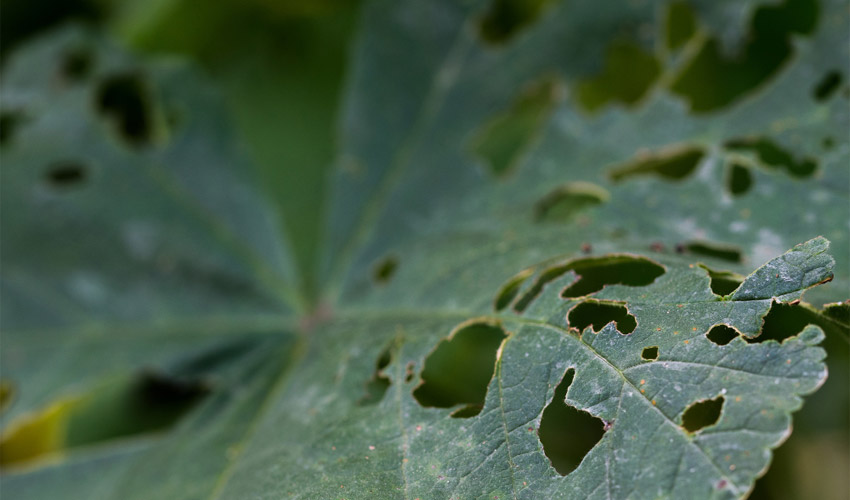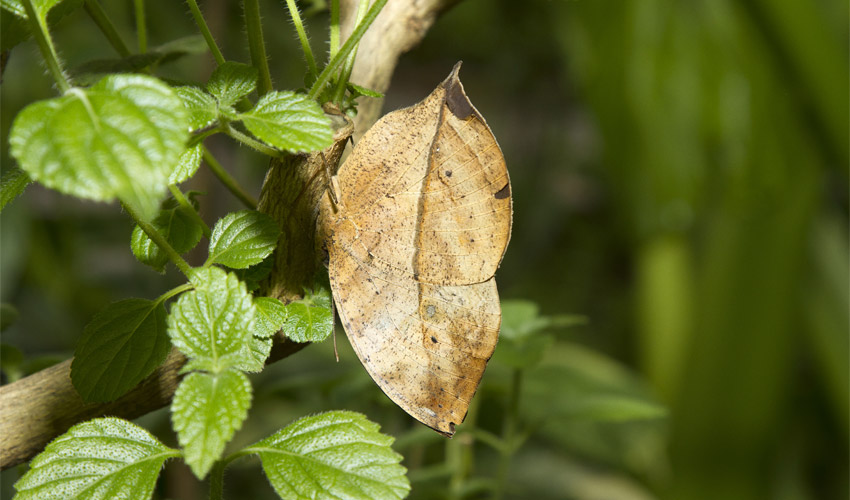Downy mildew can damage the appearance of ornamental plants and reduce both the yield and quality of edible crops. Since there are no effective fungicides available for home gardeners, management mainly relies on cultural practices.
Table of Contents
ToggleWhat is Downy Mildew?
Downy mildew is a disease caused by different species of fungi in the Peronospora genus. It affects a wide variety of plants, from fruits and vegetables to ornamentals. The disease is often identified by yellow or brown spots on the top of leaves, along with a white, fuzzy coating on the undersides. Infected leaves may become deformed, turn yellow, and eventually fall off, which weakens the plant and lowers productivity.
Downy Mildew Symptoms
The signs of downy mildew can differ based on the plant species, but common downy mildew symptoms include:
- Discolored patches on the upper side of leaves, which may appear pale green, yellow, purple, or brown. In some plants, such as lettuce, these blotches often have straight edges where they follow the leaf veins.
- A mould-like coating on the underside of the leaf, usually aligned with the blotch above. Depending on the downy mildew species, this growth may look white, grey, or even purple.
- On plants like peas and pansies, this fuzzy growth is visible to the naked eye, while on others, such as foxgloves or roses, it may be hard to spot even with a magnifying lens.
- Severely infected leaves may wither and turn brown, as seen in tobacco plants, or yellow and drop early, like in Impatiens or roses.
- In some cases, other plant parts may also show symptoms. For example, cauliflower curds, pea pods, or Impatiens flower buds.
- Heavily affected plants often become stunted and lose vigor. In extreme cases, such as Columbine, Impatiens, or tobacco, the entire plant may die.
Downy Mildew Causes
Downy mildew is a foliar disease triggered by a fungus-like pathogen known as an Oomycete. It spreads quickly from plant to plant through airborne spores. The disease thrives in damp conditions, as extended periods of leaf moisture create the perfect environment for infection. Factors like high humidity, overcrowded plants with limited airflow, and excessive watering all increase the risk of downy mildew developing on leaves.
Downy Mildew Control
Non-Chemical Methods
- Remove and dispose of infected leaves as soon as symptoms appear—through deep burial, burning, or sending them to the council green waste.
- Pull out and destroy plants that are heavily infected.
- Avoid overcrowding and control weeds to ensure better airflow around plants.
- In greenhouses, reduce humidity and prolonged leaf wetness. Skip overhead watering when possible, and improve ventilation by opening doors and vents to promote air movement.
- Water plants early in the morning instead of in the evening, so foliage dries quickly and doesn’t stay damp overnight.
- Prevent soil-borne spores from spreading by rotating crops. For ornamentals, avoid replanting the same host species in the same area for at least a year.
- Consider resistant cultivars. Some vegetables, like lettuce and onions, have resistant varieties, and a few resistant Impatiens cultivars are also available. Keep in mind, however, that resistance isn’t always permanent, since downy mildew can evolve into new strains. This is especially true with lettuce and spinach, where new races appear frequently.
Chemical Methods
Use preventative sprays with active ingredients such as copper, mancozeb, chlorothalonil, or oxathiapiprolin. Rotate between chemical classes to reduce the chance of resistance, and always apply according to label directions for best results.
Biological Methods
Beneficial microbes can also help manage downy mildew. Some, like Trichoderma harzianum, trigger natural resistance in plants, while others, such as Bacillus subtilis, directly suppress the pathogen. These biological solutions are eco-friendly and work well as an alternative or supplement for chemical treatments.
Cultural Practices
Routinely inspect your garden and remove infected material, including fallen leaves, to limit the spread of spores. Using pathogen-free organic mulch and incorporating diseased debris into the soil through tillage can also help control outbreaks as part of an integrated pest management approach.
Post-Harvest Management
Control doesn’t stop at harvest. Remove and dispose of infected plant matter, including leaves and fruit. Thoroughly wash and disinfect harvesting tools, containers, and storage spaces to keep pathogens from spreading to future crops.

